Just like journaling, mindful travel stirs the heart and lets subconscious thoughts rise to the surface. Navigating an unfamiliar environment strengthens resolve, inspires creativity, and provides fresh perspective on a range of issues. For these reasons, it didn’t surprise us to learn that many of Journaling.com’s members are also avid travelers!
We were delighted to discover that some of you have walked the much beloved Camino de Santiago. That got us thinking what fun it would be to feature a collection of members’ stories that reflect this pilgrimage through the eyes of fellow journalers.
If travel is not on your horizon today, we still think you’ll find these stories uplifting. The listeners who contributed to this series span a range of ages, physical abilities, and economic backgrounds. Give their stories a listen, let them transport you to a very special place, and be inspired!

If you’d like to listen to the full audio interview, look for The Power of Journaling wherever you find your podcasts!
Our travelers’ anecdotes, survival tips, and resource suggestions follow. Perhaps their reflections are seeds with which you’ll sow your own camino one day!
A World-famous Pilgrimage
The Camino de Santiago is a world-famous pilgrimage comprised of several different routes, the most common of which start in France and stretch across northern Spain. All of the paths lead to the shrine of James the Apostle at the Santiago de Compostela Cathedral in Spain.
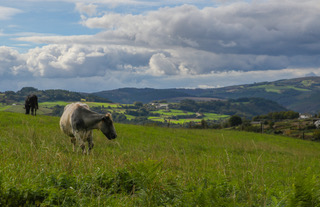
During the Medieval period, this walk was an important Christian pilgrimage. Today the Camino receives over 200,000 annual visitors from all walks of life.
As we heard each of our guests’ stories unfold, we were struck by how unique each traveler’s camino turned out to be.
Meet the Pilgrims
Petra Aslund. As she turned 40, Petra faced several significant life transitions, and it seemed a fitting time to embark on a pilgrimage. In the middle of June, for two weeks, Petra walked 14 miles a day. An experienced solo traveler, she decided to set out on this adventure alone. In retrospect, Petra believes this was the right decision, and she describes being on her own as a vital element of her experience. In our conversation, Petra describes the close connections she cultivated with fellow travelers as well as the meaningful lessons she learned in solitude.
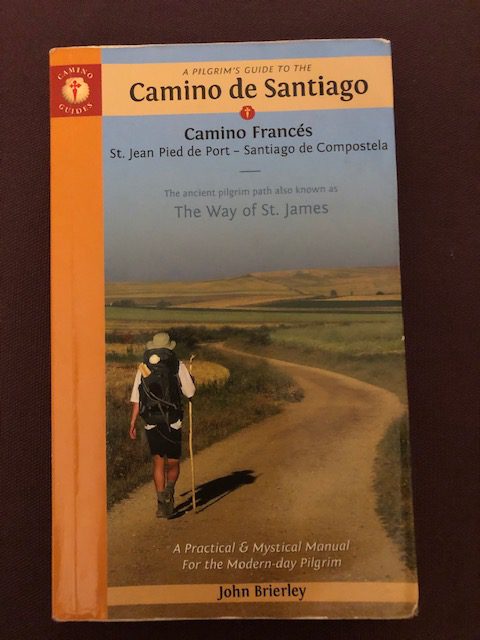
Sara Sayles. On her 60th birthday, with an eye on her bucket list, Sara announced her intention to hike the Camino. With long-time friends from college, Sara spent three years plotting and planning to make her birthday wish come true. As she and her friends got deeper into the planning process, it became evident that their visions of the journey were not identical. While Sara dreamed of the ultimate backpacking experience, others envisioned a high-end Camino. Negotiating a variety of needs, wants, and wishes proved a meaningful exercise, and ultimately they crafted a plan that suited everyone. The friends shared a meaningful journey and struck a balance between solitude and introspection and connection and comradery on their long walk together.
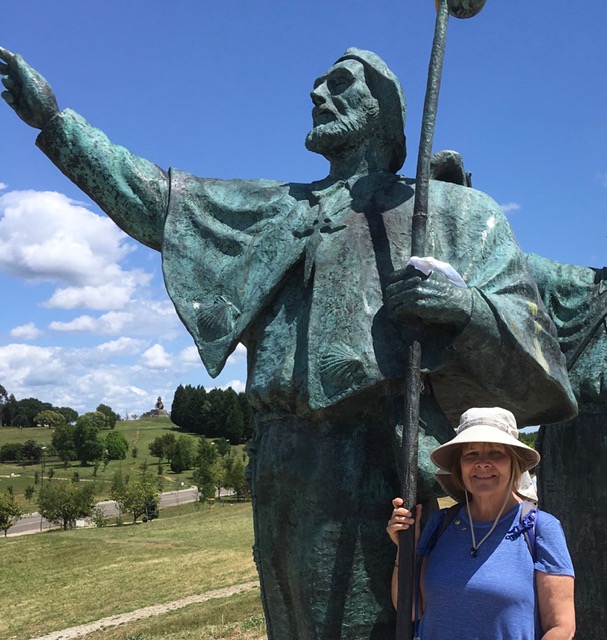
Teri Tucker and Nicole Walsh. Friends and coworkers from Arizona, Teri and Nicole started their walk in June. With 21 days to spare, the two walked 15 miles per day for a total of 300 miles! The weather on the Camino is unpredictable, and pilgrims prepare for a range of conditions. Teri and Nicole report starting their journey with a heatwave and ending in the mountains where the air was cold. When they look back and consider the ground that they covered and the knowledge they unearthed, they feel understandable awe.
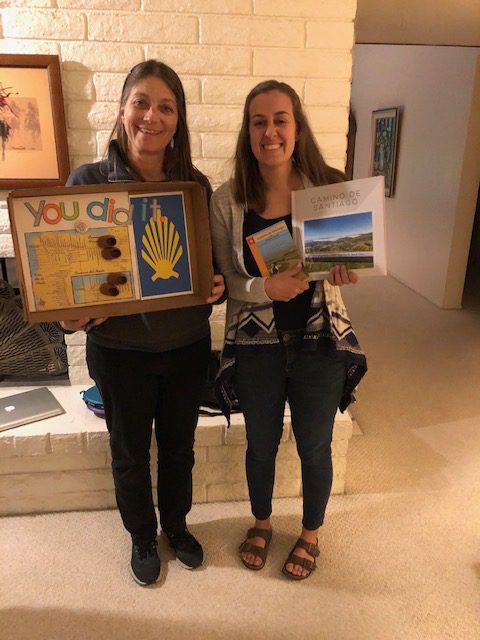
Amina Lynch. For 20 years, Amina spoke of her desire to hike the Camino de Santiago. To celebrate her 42nd birthday, Amina’s husband gifted her with a three-day trek through the Pyrenees portion of the pilgrimage, arguably the most grueling part of the walk.

Dan Dudzik. Along with his church pastor and members of their congregation, Dan embarked on his pilgrimage in October and walked 165 miles in 12 days. By the end of this experience, the bond between Dan and his fellow walkers was something he still treasures today. The group even talks about reuniting for a local weekend-long hike to reflect back on the time they shared hiking the Camino.

Financing the Adventure
For some of our guests, planning how to prioritize and finance their camino was a highly significant part of their process.
When Sara began to prepare for her walk, she’d just filed for bankruptcy. Her finances were challenging, but she never let this deter her. Sara put a financial plan together and for two years she saved between $50 and $100 a month in a fund established solely for her journey. In the end, she was able to pay for the trip in cash, a fact she points to with deep satisfaction.
Teri and Nicole wanted to be intentional about the money they spent on their walk. When they were ready to buy airline tickets, they kept their eyes on cheap airfare alerts on the internet, and when the price was right, they leaped and made their purchase. To save more money, they stayed in city-run hostels set up for pilgrims and carried their own backpacks. With proper planning, they were able to stick within their intended budget.
Training for the Walk
Methods of training for the Camino are as varied as the pilgrims who use them. Our guests had a variety of approaches and helpful suggestions.
- Practice walking with a full pack. Petra advises that those who plan to carry their own packs on the trail should take a few long walks with weight on their backs beforehand in order to get a feel for that experience.
- Break in new shoes. Almost all of our guests mentioned the importance of becoming accustomed to the footwear before setting out to walk.
- Sara’s regimen involved walking five miles a minimum of 2-3 times a week. As she got closer to her departure, she and friends would walk 10-12 miles together.
- Teri and Nicole were both busy wrapping up the school year, and finding time to train was difficult, but they walked as much as they could.
- Dan began training 12 weeks out. For the first 6 weeks he ran 3-5 miles 3 times a day on a treadmill. Closer to his departure time he ran 7 ½ miles with a 20-pound pack.
Sites Along the Way
Along the trail there are multiple opportunities to linger over breathtaking vistas, explore ancient architecture, and walk through vineyards that sprawl. A good guidebook will provide a listing of significant sites. Dan suggests travelers with extra time might add a few extra days in order to visit these special landmarks.

Finisterre, which translated means “Edge of the World,” marked a highlight for Petra. She describes this final destination as the perfect ending to her camino. “Looking out onto that ocean was emotional. I really felt like I had made a journey. More than just traveling physically, I’d made a journey as a person, and I felt like I was looking into eternity, something endless, and I felt full of potential.”
Teri and Nicole reminisce about the nightly masses where pilgrims are warmly invited to receive blessings in the small towns they visit. They describe the power that comes with being part of a long and significant tradition.
Tricks and Tips to Take on Your Camino
Our guests shared their suggestions to ensure a smoother journey.
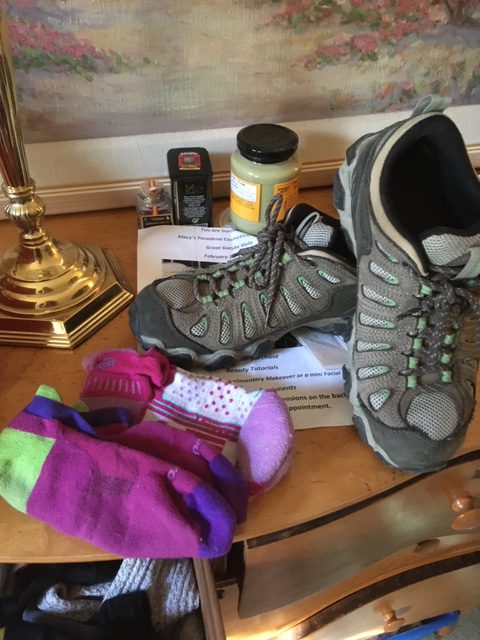
- Don’t overdo it. Sometimes it’s tempting to walk more than you should. Stop when you are tired. Sore hips and blisters are no fun.
- Prepare for cold. Petra warns that the large dorms can be chilly. She suggests bringing an extra pair of socks to wear in bed at night. Ear muffs, windbreakers, rain jackets, and something to keep your pack dry can help keep you warm and dry.
- Walking poles might help. Not everyone uses them, but many pilgrims find poles are a helpful aid. Conveniently, there’s no need to purchase these beforehand. We’re told they’re easy to pick up on the trail.
- Avoid blisters. Dan advises that sock liners alleviate friction between the sock and the skin. Others suggest wearing two pair of socks for a similar outcome. Nicole and Teri applied Vicks salve on their feet each morning having heard this was an effective preventative.
- Pack light. For those who elect to hike with backpacks on, this detail is especially important. (For those who don’t wish to carry a large backpack, porters are available along the trail for a reasonable fee.) If traveling with others, consider splitting up supplies. Not everyone needs to bring the first aid kit and sunscreen.
- Invest in a good sunhat. Protection from the sun is easier with a good hat that is made of sun protective fabric.
Wonder and Understanding
Everyone’s camino is unique because each pilgrim is on a different journey. Our guests’ recollections of gems gleaned on the trail are moving and profound.
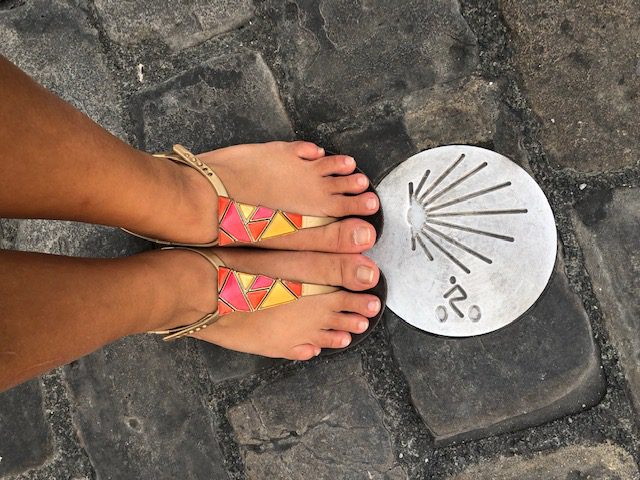
Petra summed up her experience telling us, “It felt like I came into my own being on the trail. I’m a lot less easily frustrated now than I used to be, and I’m kinder to myself and to other people.â€
Several guests observed that their experience revealed how little they needed to feel contentment. As their backpacks grew lighter, faith in their own skills and in the kindness of strangers was magnified.
Everyone agreed the Camino inspired them to slow down and to be more open to conversations with strangers . Our guests found they were more present and therefore able to listen and share in more meaningful ways.
Teri and Nicole achieved spiritual renewal along with a profound realization that whatever path they were walking, literally and figuratively, they were where they were supposed to be.
Amina described a meaningful ritual she practiced on the trail. Each day that she walked she carried a stone. As she made her way forward, whenever the moment moved her, Amina would place that stone on the side of the road to symbolize a burden being left behind. Soon after, she’d pick up another stone and continue on the trail repeating the same ritual when the timing felt right. “It was as though I left the trail 20 pound lighter,” she told us. In the evening she would journal about the burdens she’d removed and note the ways her ideas and feelings shifted as a result.
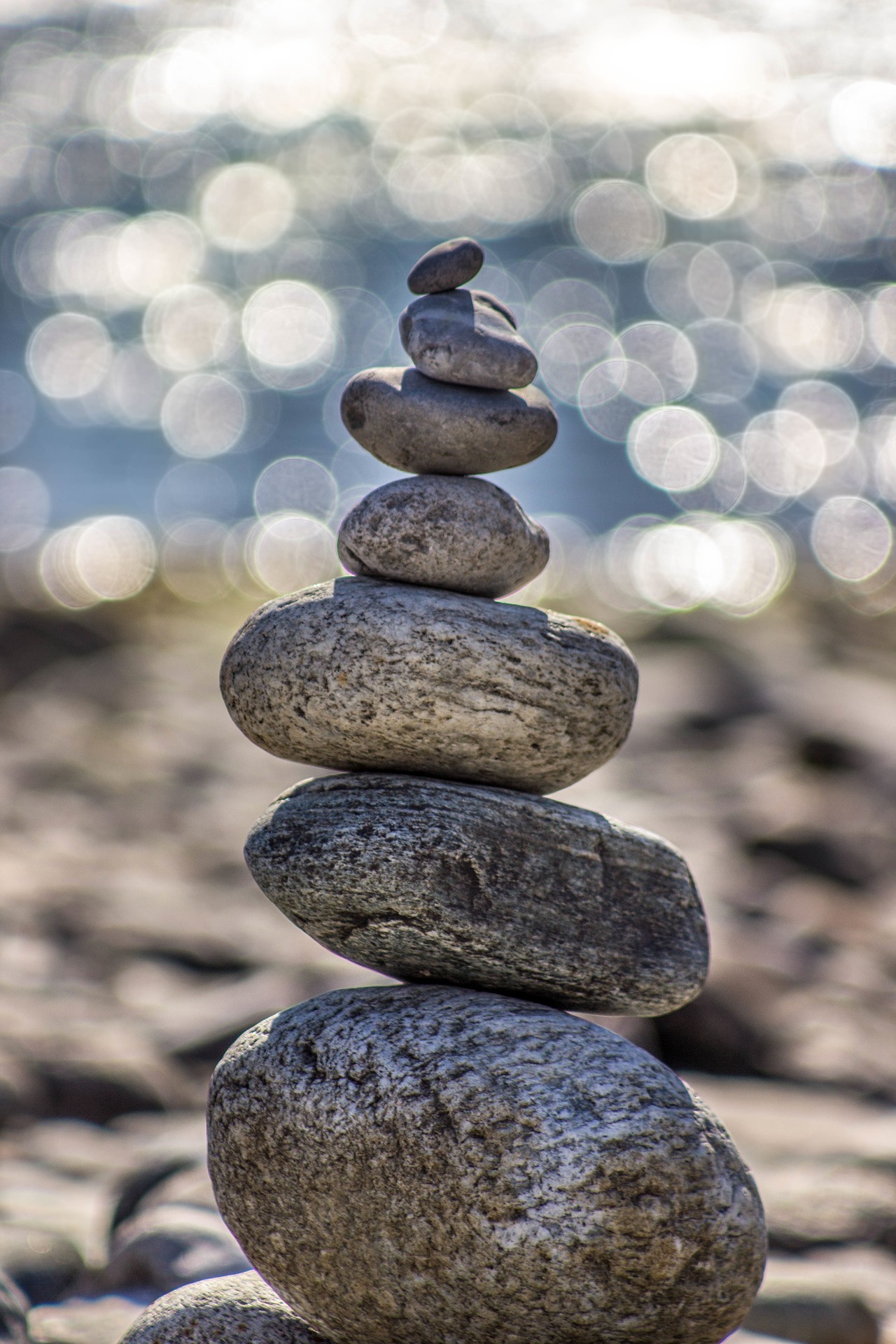
Journaling on the Trail
The people we interviewed are self-described journalers and each found creative ways to capture meaningful moments experienced on the trail.
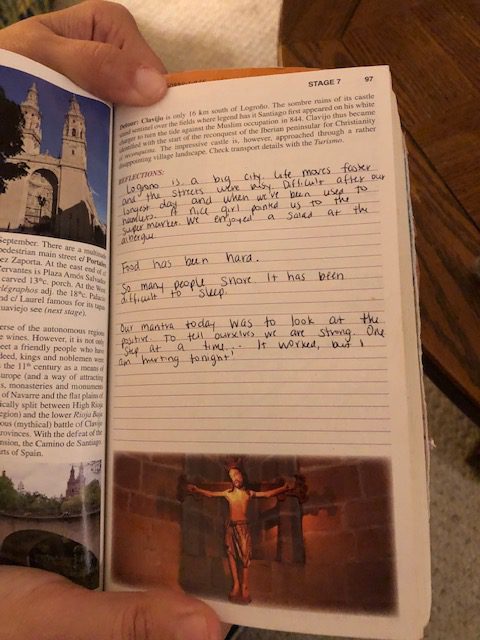
Journaling played a significant role in the days Petra spent walking her camino. Almost daily, she reflected on the ideas she encountered and she reports how helpful it was to have a place to consider the gifts of the day.
Sara journals regularly at home, and she brought a journal to jot down daily mileage and reference the places she walked through. Interestingly, she noted that as time wore on she began to “journal less and experience more.”
When Teri and Nicole forgot their journals at home, they used their guidebook to record important details. They underlined the names of places they ate and stayed, and made notes of people they met and adventures they encountered. With a focus on gratitude, journaling helped to diminish any physical discomfort they experienced. To mark their journey, when they returned home, Teri and Nicole compiled photos and notes that they added to memory books commemorating their pilgrimage.
Amina journals “constantly” and this did not change on the Camino where she found writing to be as helpful as ever. As for Dan, on his fourth day of walking, a rain-soaked journal prevented him from writing. He relied on his camera to memorialize his trip, a process he found deeply satisfying.
Recommended Resources
The list below is a collection of resources referenced in our Camino interviews.
Books
- Amina suggests Paulo Coehlo’s book, The Pilgrimage.
- Teri and Nicole recommend A Pilgrim’s Guide to the Camino de Santiago by John Brierly
Gear and Supplies
- Sarah loved her Oboz boots and Darn Tough and Balega socks.
- Dan relied on Compeed to treat blisters.
Luggage Service
Hotels
Tour Company
Sara highly recommends Camino Tours telling us, “They did a fabulous job.”
Final Thoughts
Everyone we spoke with agreed with the sentiment behind this popular quote: “You don’t walk your camino with your feet, you walk it with your heart.” If you should find yourself walking your own camino one day, take your time on the trail and don’t compare yourself to others. Your walk is your own and it will lead you to the place where you are meant to be.
If you enjoyed these conversations, listen to our interview with travel journaler Lauren Hooper for more ideas.